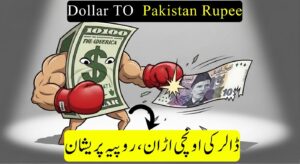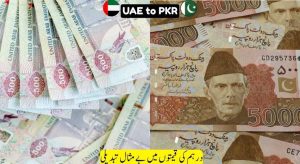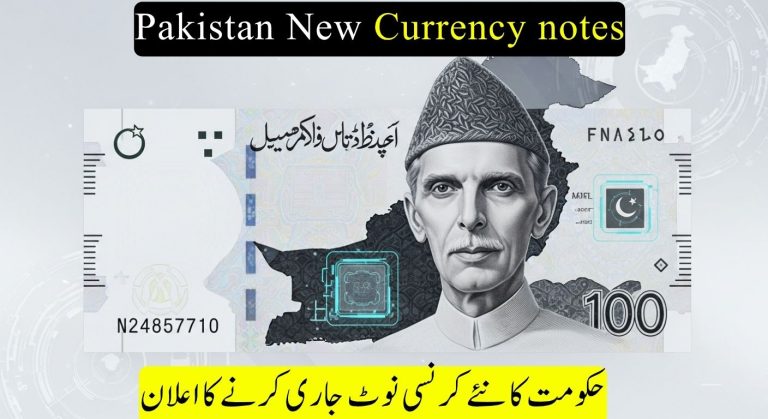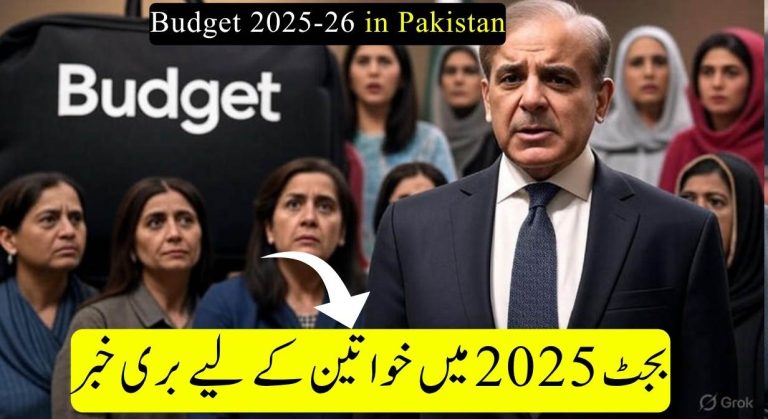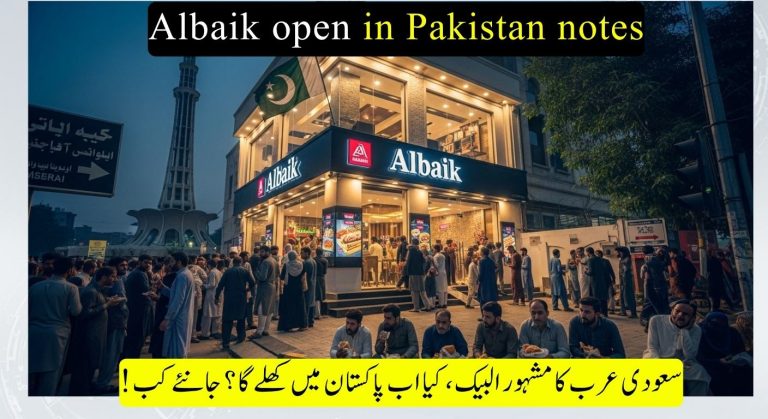Pakistani Rupee Drops Again as Saudi Riyal Gains Strength – Latest Update
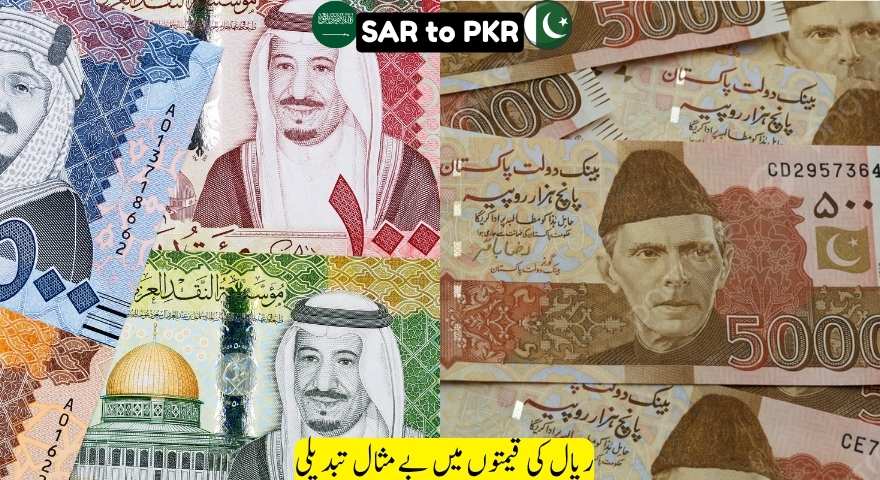
In recent days, the Saudi Riyal (SAR) has become more expensive in Pakistan. This rise in its value has added pressure to the already weak Pakistani rupee. Many people and businesses are now worried about the effects of this change.
Latest Rate Update
As of March 2025, the Saudi Riyal is being sold for around Rs. 75.25 in the open market and Rs. 74.85 in the interbank market. Just a few weeks ago, it was trading below Rs. 74. This slow and steady increase is a clear sign that the rupee is getting weaker.
Why is the Riyal Rising?
There are a few major reasons behind the rise in the value of the Riyal:
- Economic Problems in Pakistan: The country is facing low foreign reserves, high inflation, and reduced exports. This weakens the rupee.
- More Demand for Riyal: Many people are going for Hajj and Umrah, and the need for Saudi Riyals has gone up.
- Political Instability: Political uncertainty in the country creates fear among investors and affects the exchange rate.
Impact on People
This price hike in the Saudi Riyal is affecting different groups of people:
- Pilgrims traveling to Saudi Arabia now need more Pakistani rupees to buy Riyals, making their trips more expensive.
- Importers who bring goods from Saudi Arabia are also facing higher costs.
- General public may soon see price increases in everyday items that are imported or depend on the Saudi market.
On the other hand, people receiving remittances from Saudi Arabia may benefit because now their families get more rupees for each Riyal sent.
What Experts Say
Economists believe that the Riyal may continue to rise if Pakistan’s economic situation doesn’t improve. Forecasts suggest the rate may go beyond Rs. 75 by the end of the year. Experts are calling for better financial planning, control of imports, and steps to increase foreign reserves.
Final Words
The rising value of the Saudi Riyal shows that Pakistan’s currency is under pressure. It may bring short-term gains for some people, but overall, it signals economic trouble. Strong government action is needed to bring stability and support the rupee before the situation gets worse.

